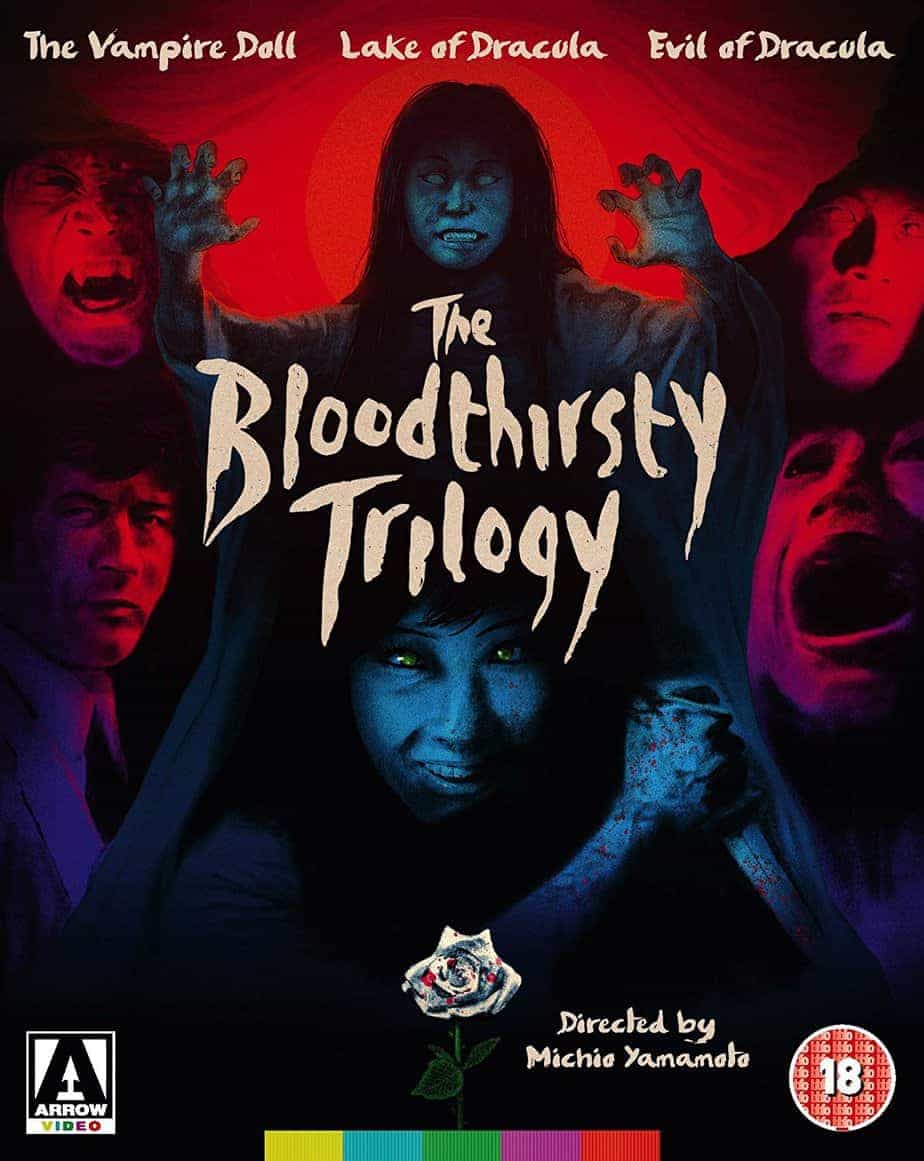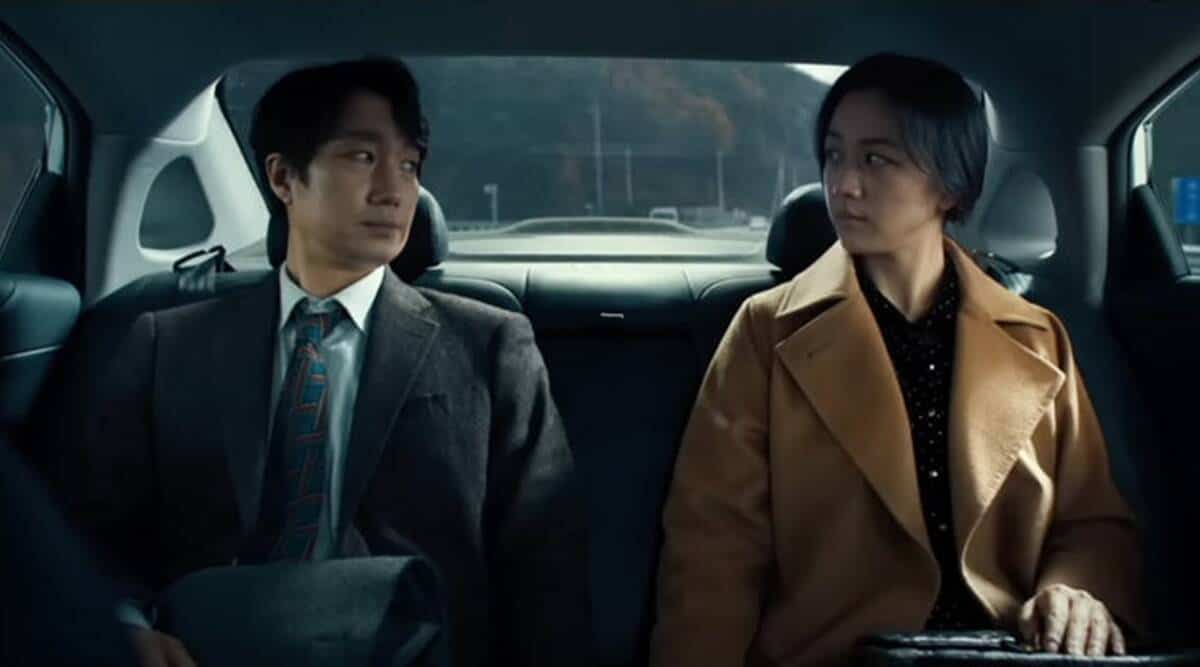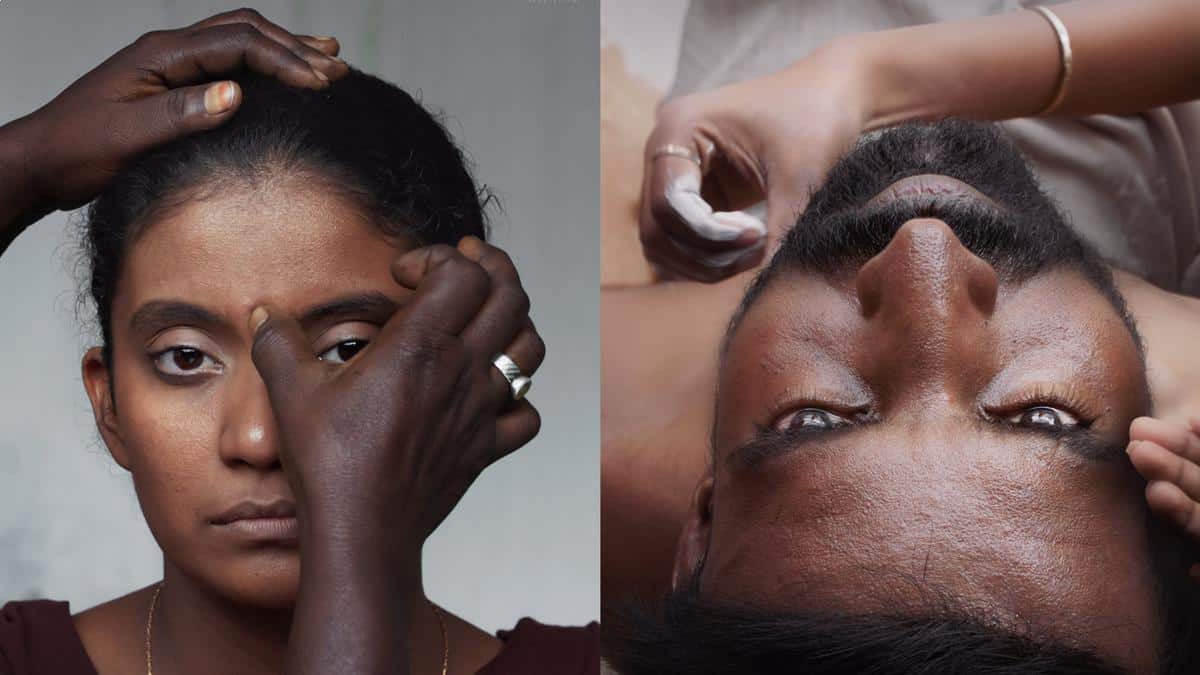“Vampire Doll” was released in 1970 at the height of the European Horror boom and on the surface appears to have all the trappings of the Gothic Horror that had been so successful over the proceeding decade by the likes of Hammer. With the movies gaining an audience at the time in Japan, it was perhaps inevitable that this style would be adapted. It was the first of a loose trilogy by Michio Yamamoto who was to follow it up with “Lake of Dracula” in 1971 and “Evil of Dracula” in 1974.
Buy This Title
The prologue begins with a raging storm as Sagawa makes his way to the Mansion to meet his fiancé Yuko. Upon arrival, lightning crashes around and the door is answered by the deaf mute Genzo. Greeted by Yuko's mother, he learns that Yuko has died two weeks ago in a car accident. Staying the night at the mansion, Sagawa finds that not all is as it appears. When he doesn't return, his sister Keiko and her boyfriend Akira set off to investigate. As sightings of Yuko occur and the tragic back history of the Nonomura family is revealed, events take a darker turn and not everything is as it appears.
“Vampire Doll” is a fascinating movie to watch in retrospect as it offers glimpses into the direction of what would eventually become the J-Horror movement whilst also offering something more than the standard Gothic Horror trappings. The opening sequence could almost have been transposed from any European movie of the time. Yet, once we have the cutaway from the apparently undead Yuko to the awakening Keiko, it moves to a more modern setting. Something that Hammer itself would not do for a couple more years with “Dracula AD1972”.
When the undead Yuko appears on screen she is lit beautifully, making her standout as an ethereal presence. The tragic dimensions of the character appear early, pleading with the confused Sagawa to kill her. Aware of her actions and guild ridden, she is more than just a typical merchant of death. The notion that she was born under an unlucky star gives an air of inevitable tragedy.
What makes the film even more interesting is the appearance of Dr Yamaguchi. Initially, he can almost be read as a Van Helsing figure, being both Doctor and believer in the occult. The tale he relates of his military past reflects on the trauma of the 2nd World War generation. The idea that “Until I see the sea that goes home I won't die” gives it a more eastern flavour and brought to mind “Journey to the Shore” by Kiyoshi Kurosawa which follows a similar thread. Here, as in that movie, whist people may be physically dead, their spirits are not at rest until they have performed one last act and can move on. This gives the movie more depth and makes more sense once the climactic scenes are done. The movie is able to blend elements of eastern and western horror. Taking the traditional doomed family and given it a more localalised feel as here they are “Cursed by the God of Death”.
The movie also doesn't quite go in the way you would expect it to, which is pleasantly surprising given the relatively short 71 minute running time. When Akira and Keiko go to leave the Mansion and the car won't start, then we have a standard Horror movie cliche. Yet it transpires that Akira intentionally caused it to allow them to investigate. Mrs Nonomura appears to be the villainess of the piece but is in fact probably the most tragic character and Dr Yamaguchi also is not what we initially presume. By playing with our expectations, it manages to keep our engagement as whilst we have an inkling of where we are going we can never quite be sure.
The characterization was always going to be slight given the need to keep things moving at a fair pace. Hiroshi Takagi as Akira consequently struggles as a result due to his character switching from sceptic to believer and back again. He feels more a plot device rather than an actual character. Kayo Matsuo is a perfectly adequate scream queen as Keiko and Atsuo Nakamura gets to be suitably earnest as Sagawa in the opening scenes. It's left to Yukiko Kobayashi and Yoko Minakaze as Yuko and Mrs Nonomura respectively to provide the moments of depth.
Any horror stands and falls by its scares. Michio Yamamoto succeeds in creating a sense of otherworldliness. There is a consistent atmosphere to the setting and several scenes are very effective in building up the tension. Yuko's first appearance is especially well done and the finale is startlingly bloody, given what has gone before. It's the little touches that mark this movie out. The Scar on the side of Mrs Nonomura face, The dreamlike quality of Yuko's appearances and an almost “Psycho” like reveal at the end when Keiko enters Yuko's room.
Whilst there is nothing in this movie that will unsettle a modern watcher, as a historical reference point in the evolution of the Japanese Horror Film it is definitely worth a glance as it contains plenty of atmosphere and creates a true sense of tragedy that is surprisingly effective. Never truly a Gothic Horror despite wearing it's influences, it is an example of how a movie can combine it's cultural influences to create it's own identity.
















